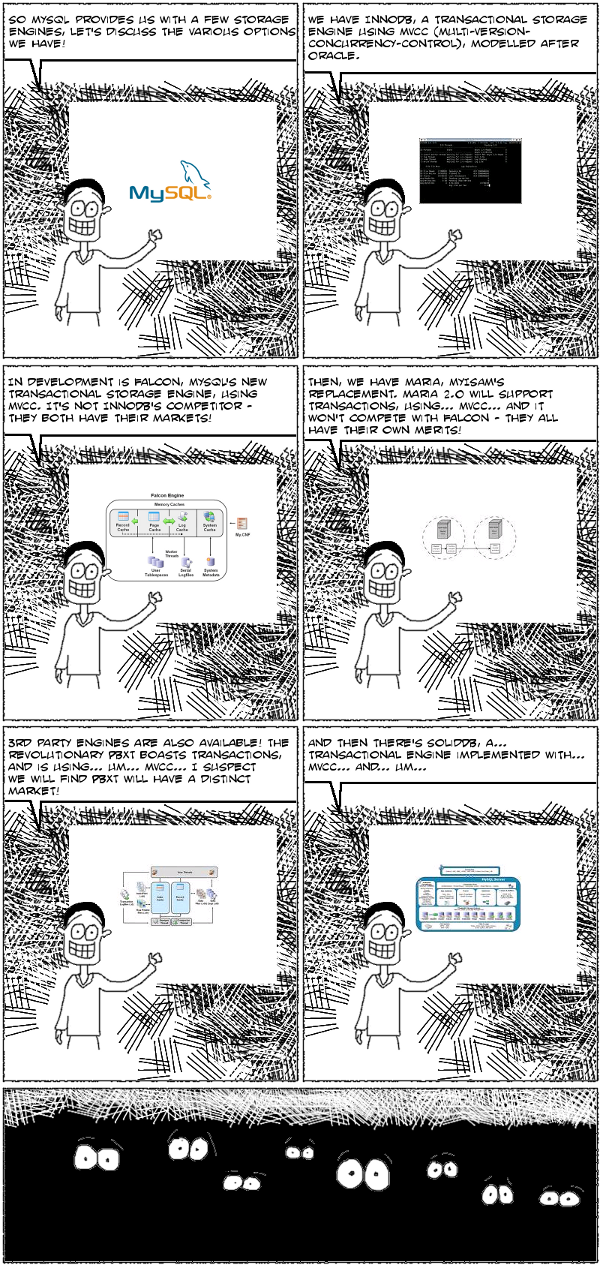This is a short note that the MySQL User Group Meetings in Israel are established (well, re-established after a very long period).
Thanks to Eddy Resnick from Sun Microsystems Israel who has set up the meetings. So far, we’ve had 2 successful meetings, and we intend to have more! First one was in Sun’s offices in Herzlia; second one, held last week, was at Interbit (a MySQL training center) in Ramat Gan. We hope to hold these meetings on a monthly basis, and the next ones are expected to be held at Interbit.
A new (blessed) law in Israel forbids us from sending invitations for these meetings via email without prior consent of the recepient (this law has passed as means of stopping spam). We do realize there are many users out there who would be interested in these meeting. For those users: please stay tuned to Interbit’s website, where future meetings will be published – or just give them a call!
It was my honor to present a short session, one of three in this last meeting. Other presenters were Erad Deutch, who presented “MySQL Success Stories”, and Moshe Kaplan, who presented “Sharding Solutions”. I have presented “MyISAM & InnoDB Tuning Fundamentals”, where I have layed down the basics behind parameter tuning for these storage engines.
As per audience request, here’s the presentation in PDF format:
I intend to give sessions in future meetings, and have already started working on my next one. So please come, it’s a fun way to pass a nice afternoon. See you there!
